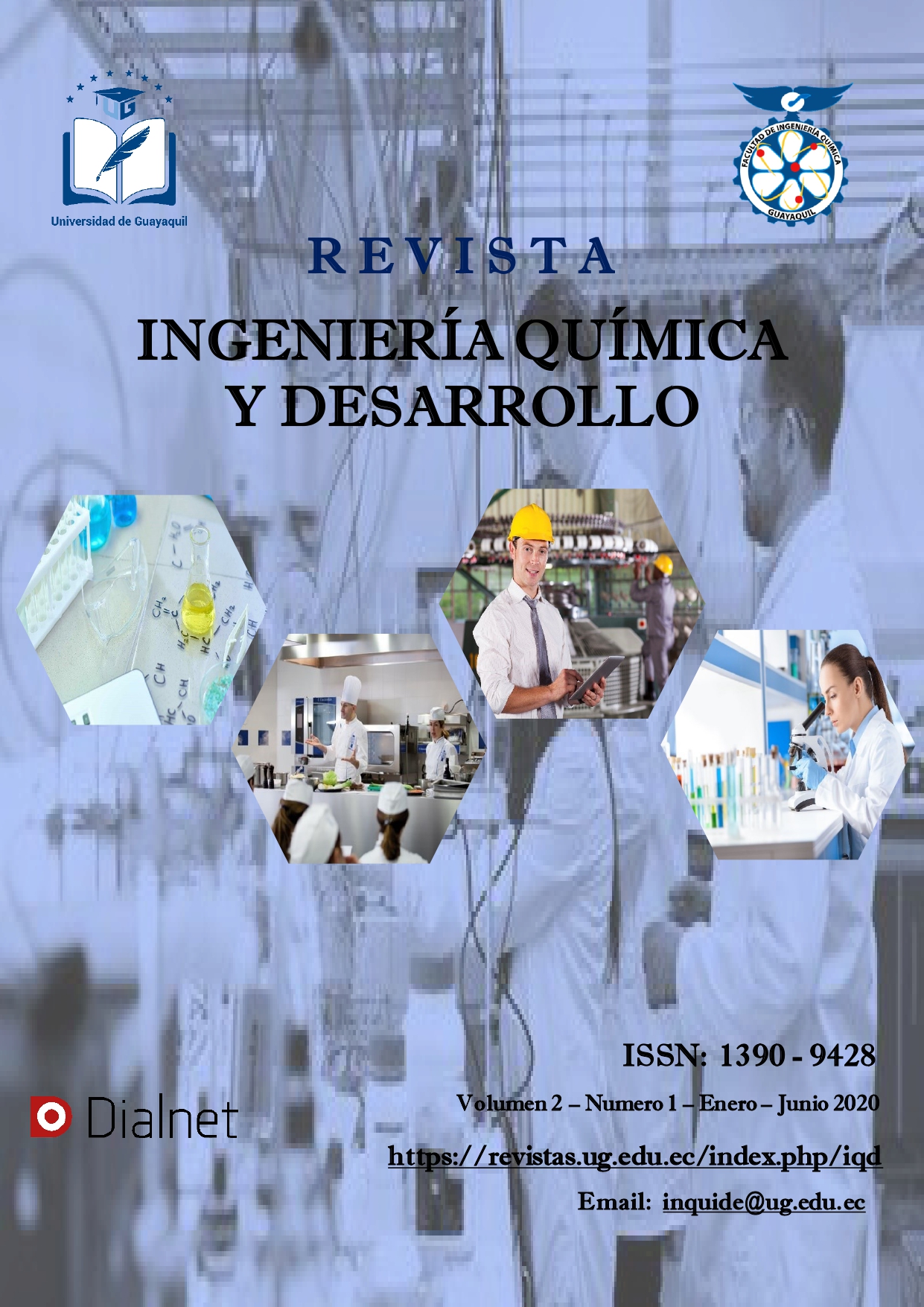The construction of an education of the Good Living from the study of the technologies of the communication and the information
DOI:
https://doi.org/10.53591/iti.v8i8.141Keywords:
ICT, education, web 2.0, information and knowledge societyAbstract
Inside the topic ICTs for education this research does an exploratory approach by the major substantive theories about the variables: information and knowledge society, contemporary education and information and communication technologies, in order to know what are the contributions, benefits and opportunities of ICT for the education's construction of good living in Ecuador. For this purpose, this paper exposes a literature review in order to compose the art's state of this subject, through a study of contents in the next documents: indexed journals, official documentation of ICT, literature review and content's analysis. In conclusion the present work infers that is really important the empowerment of ICT in dynamic process of education because students are the generation who should change the meaning of education 2.0. Finally, this paper focuses on a new paradigm about how should be the teaching-learning of the XXI century: linking, through science, humanism's concepts and ICT in order to find solutions to the human lífe's problems, building a good proposal closer to our context as citizens with rights and obligations.
References
Agamber, G. (2008). Que vol dir ser contemporani? Barcelona: Arcardia.
Bacheíard, G. (2003). El aire y los sueños. Madrid: Fondo de Cultura Económica de España.
Casate Fernández, R. (2007). La dirección estratégica en la sociedad del conocimiento. Revista AClMED. Recuperado de: htpp://scielo.sld.rnscielo.plip?smpt=sci_arttext&pid=S1024-94352007000600002
CEPAL (2010). Plan de Acción Regional eLAC2010. Recuperado de: http:www.cepal.org/cgi-bin/getprod.asp?xml=lsocinfo/nolicias/paginru!6/32526/P32526.xml&xsl=!socinfo!tpl!pl8f-st.xsl&base=lsocinfo/tpl!top-bottom.xsl
Crovi, D. (2004). Sociedad de la información y el conocimiento. Entre lo falaz y lo posible. Buenos Aires: La Crujía.
De Cíunte, G, E.T. (2008). Educación Virtual: una visión de inclusión. Recuperado de: htpp://bit.ly/1LJW4F6
De Aguilera, M. (2010). La Comunicación Universitaria: Modelos, tendencias y herramientas para una nueva relación con sus públicos. Revista Iconos 14, 8 (2), pp. 90-124.
De Haro, J. (2010). Redes Sociales en Educación en Educar pam la Comunicación y la Coopemción Social. Navarra: Publicaciones del Consejo Audiovisual de Navarra.
Downes, S. (2011). Educational Blogging, de Educause review. Recuperado de: htpp://www.educause.edu/EDUCAUSE+Review/EDUCAUSEReviewMagazineVolume39/Educationa/Blogging/157920
Drucker P. (2004). La sociedad postcapitalista. Bogotá: Grupo Editorial Norma.
Fernández García, I. (2001). Guía para la convivencia en el aula. Recuperado de: https://dialnet unirioja.es/servlet!libro?codigo=l0016
Gil de Biedma, J. (2015). Antología Poética. Madrid: Alianza Editorial.
Gisbert, M. (2002). El nuevo rol del profesor en entornos tecnológicos. Revista Acción Pedagógica, 11 (1), pp. 48-59.
Girando, O. (1999). Obra completa. Madrid: Archivos A/lea XX.
Hernando, C. y Tejerizo. C. (2011). La arqueología y la academia: del siglo XIX al Plan Bolonia. Revista Arkeogazte, 1, pp. 53·69.
ITE (2016). Accesibilidad, TIC y Educación. Recuperado de: http://www.ite educacion.es/index.plip?option=com_catalogacion&control/er/pagina_informacion_didactica&id_ficlia=69&id_uo=l
Lara, T. (2009). Alfabetizar en la cultura digital. Repositor o DIALNET. Recuperado de: https://dialnet.unirioja.es/servlet/articulo?codigo=3100431
Marques Gmells, P. (2001). Algunas notas sobre el impacto delas TIC en la universidad. Depósito Digital de Documentos de a UAB. Recupemdo de: http://ddduab.cat/record/1112
Merchán Iglesias, F. (2012). La introducción en España de la política educativa basada en /agestión empresarial de la escuela: el caso de Andalucía. Revista Archivos Analíticos de Políticas Públicas, 20 (32).
Ortega Soto, J. y Rodríguez López, J. (2011). El potiatdi digital. Recuperado de: https://dialnet.unirioja.es/servlet!libro?codigo=559859
Punset, E. (2014). Excusas pam no pensar. Barcelona: Destino.
RAE (2016). Definición de inclusión. Diccionario de la Lengua Española. Recuperado de: http://dle.rae.es/?w=diccionario
Sunkel; G. (2010). Ticpam la educación en América Latina. Recuperado de: http://bit.ly/lDgBzMw
UNESCO (2015). Objetivos del desarrollo del milenio. Recuperado de: http://wwwun.org/es!millenniumgoals!pdf/2015/mdg.report-2015_spanisli.pdf
Wikiversity (2011).Educational W kis. Recuperado de: http://en.wikiversity.orglwiki!Educational_wiki
Zappalá, D., KOppel, A. ySuclwdolski, M. (2011). Inclusión de tic en escuelas para alumnos con discapacidad visual. Buenos Aires: Ministerio de Educación de la Nación.
Downloads
Published
Issue
Section
License
Copyright (c) 2016 Fernanda Tusa, Jorge Maza, Xavier Briceño

This work is licensed under a Creative Commons Attribution-NonCommercial-NoDerivatives 4.0 International License.






